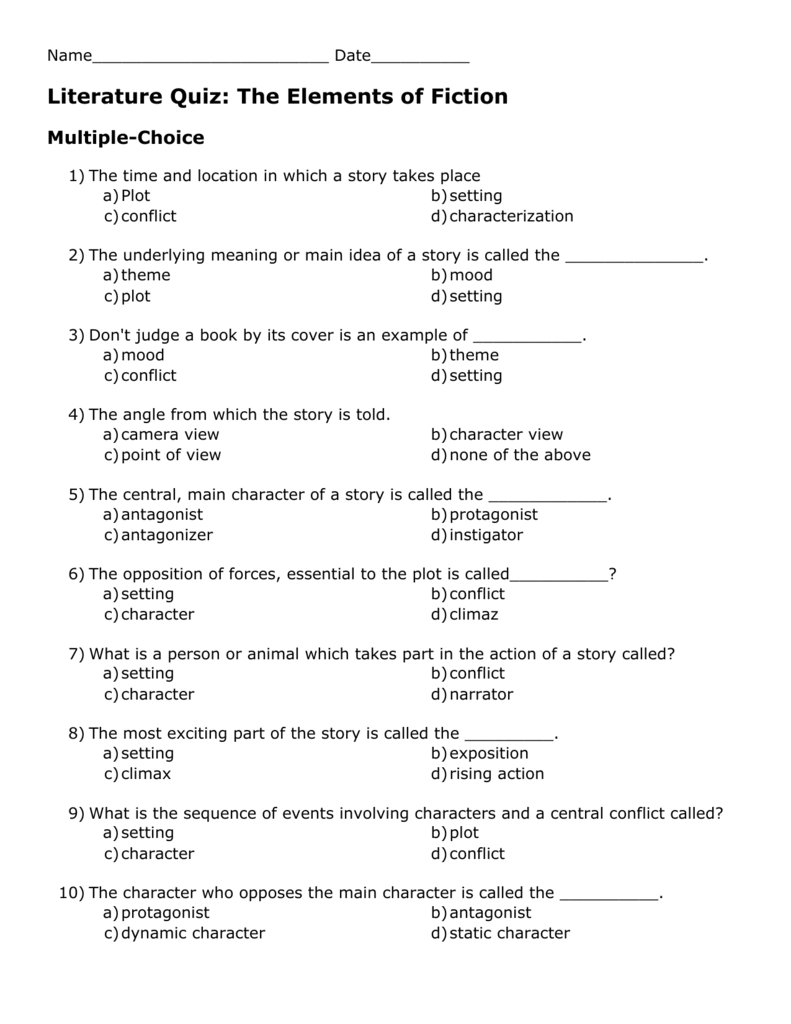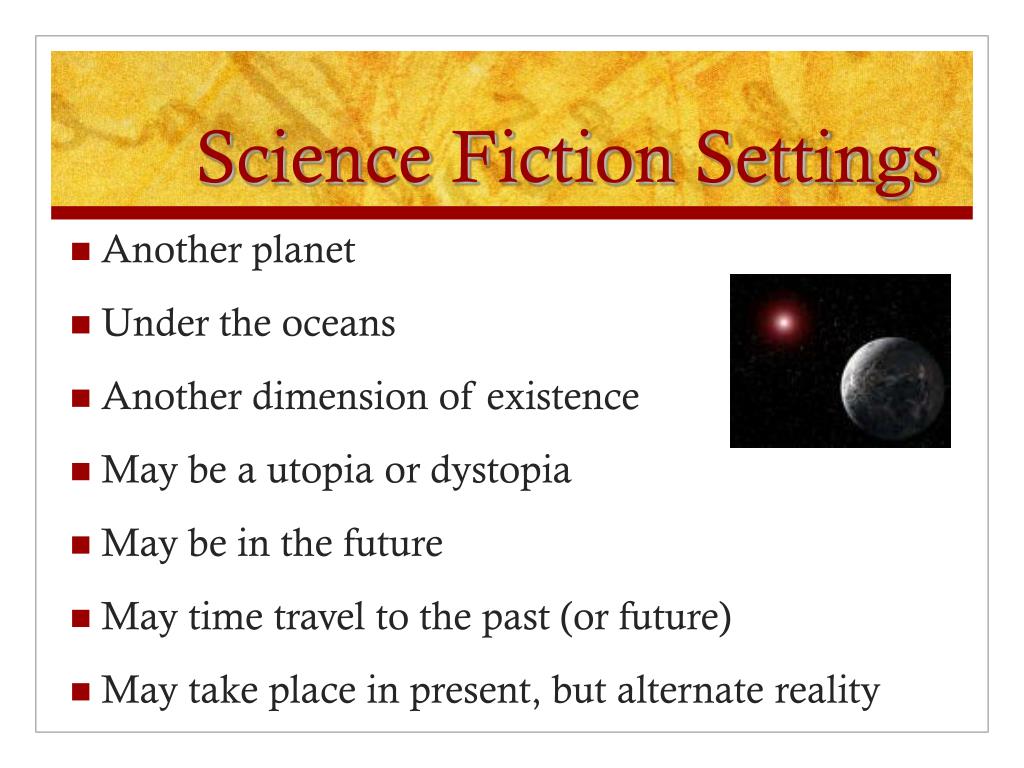
Think about stories set at night versus in the day, summertime stories versus other seasons, stories that take place during WWII versus science fiction stories of the future. Time can mean literal time of day, the season, the era, and all of these deviations of time will impact the characters and the story monumentally. Likewise, time must be defined on a spectrum. Place matters for more reasons than simple geography. Think about your hometown versus New York City or a small town out in rural Tennessee. Think about a story taking place in the Arctic Circle versus a story on a remote desert island. The people, the culture, the community, the politics, the weather, the physical landscape, the weather, the flora and fauna, all of it contributes to what a place is and how the characters interact with it. Place encompasses geographical location, of course, but also everything that plays a part of that mosaic. When setting is concerned, there is a spectrum of both place and time. In addition, the sequence of events (discussed in the next element below) are inextricably linked to “place.” All that being said, “place” and “setting” deserve further description and definition: Place: Setting:Īs important as characters are, characters are both influenced by and hold influence over the places they inhabit and visit. While there is space for both static and dynamic characters in stories (based on what the characters represent within the story), readers connect better with dynamic characters. Dynamic characters do experience change, often profound change, and this can be physical, mental, emotional, or spiritual. Static characters are characters who do not experience any sort of change throughout the story.

Static versus Dynamic are also terms used to describe character development. In order to understand this element of “character,” and how we as narrative journalists can more deliberately craft our stories, there are a few keywords that should be defined further: Protagonist: Not only is this crucial for story development, but as human beings, we read stories and enjoy stories because we can see ourselves in them, often through the characters. Character:Ĭharacter is perhaps the most important element of fiction, as things must happen to someone or something in order for a story to progress. Without meaning, stories are forgettable.

While theme often describes broad concepts like love or honor or vengeance or solidarity, most stories also carry with them a message, a more specific statement about the theme or themes. While much depends on the individual reader, a writer creates characters, places them in particular places, chooses a point of view (or more), and organizes events in a certain way in order to teach us something or show us something that means something. Theme:Īs described at the beginning of this chapter, we read stories to see ourselves revealed in them, to find meaning in them through a character’s trials and tribulations. While Creative Writing scholars are not always in agreement about the elements of fiction, general consensus outlines five essential elements that feature in all stories: they are 1.) Theme, 2.) Character, 3.) Setting, 4.) Plot, and 5.) Point of View. The fifth element of fiction is more related to craft and technique rather than content, and while it is celebrated in fiction writing, it is equally useful in creative nonfiction-that element is point of view. Even with characters situated in a place, there must also be things happening (or deliberately not happening) to someone or something for any story to progress. And yes, all stories should have meaning, and meaning that we can connect with as human beings. And indeed, all stories must be about someone or something, and this someone or something will exist in some sort of environment, whether that be a concrete or abstract place.

I often begin a course of Narrative Journalism with the question: What “elements” must all stories have for them to be ’stories’? What follows is a cascade of student responses that touch on character, setting, meaning and theme, conflict and events and terms used to describe the plot or story arc.

To foster a deeper appreciation for literary techniques applied to nonfiction work.To develop a basic understanding of the five elements of fiction.The learning objectives for this chapter are as follows:


 0 kommentar(er)
0 kommentar(er)
